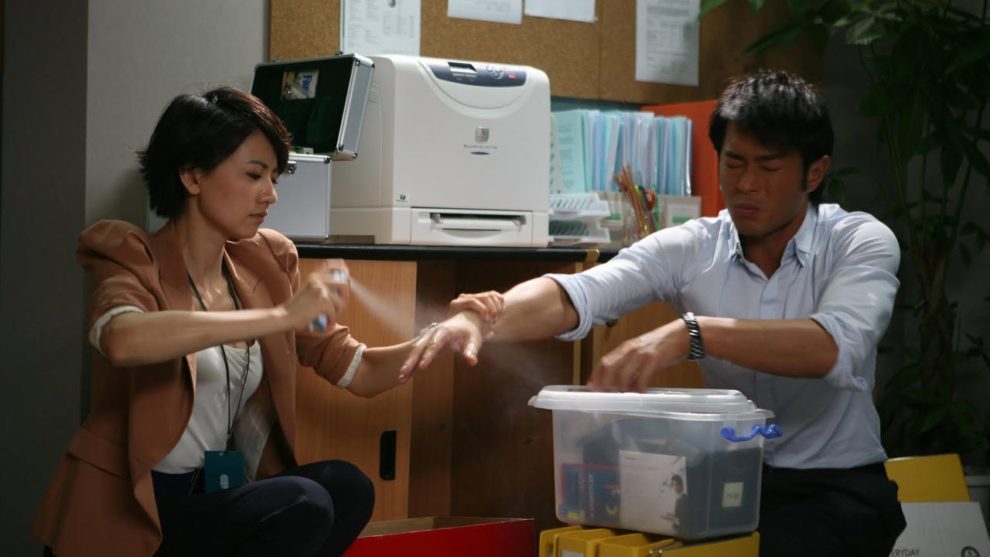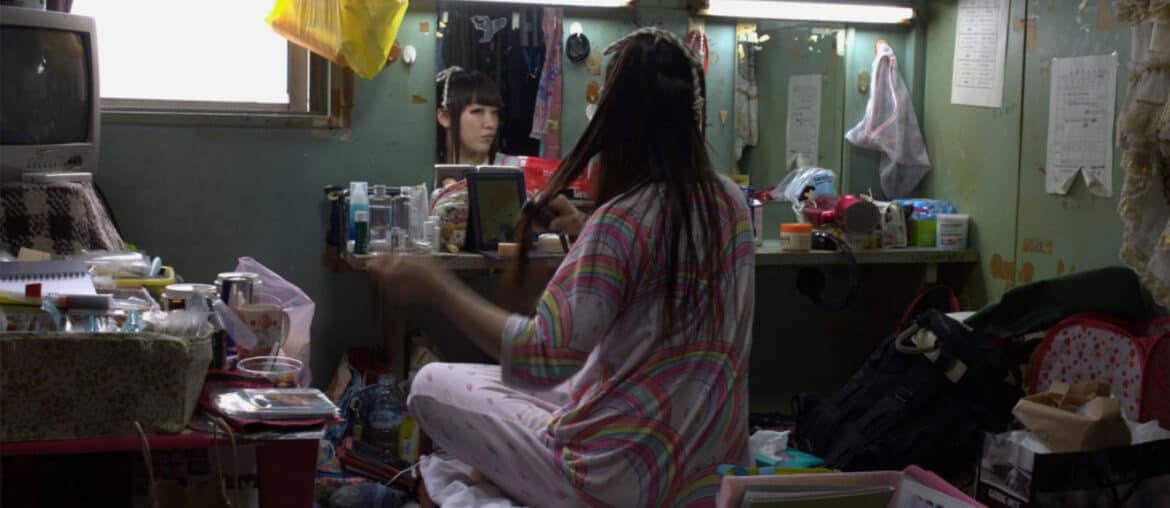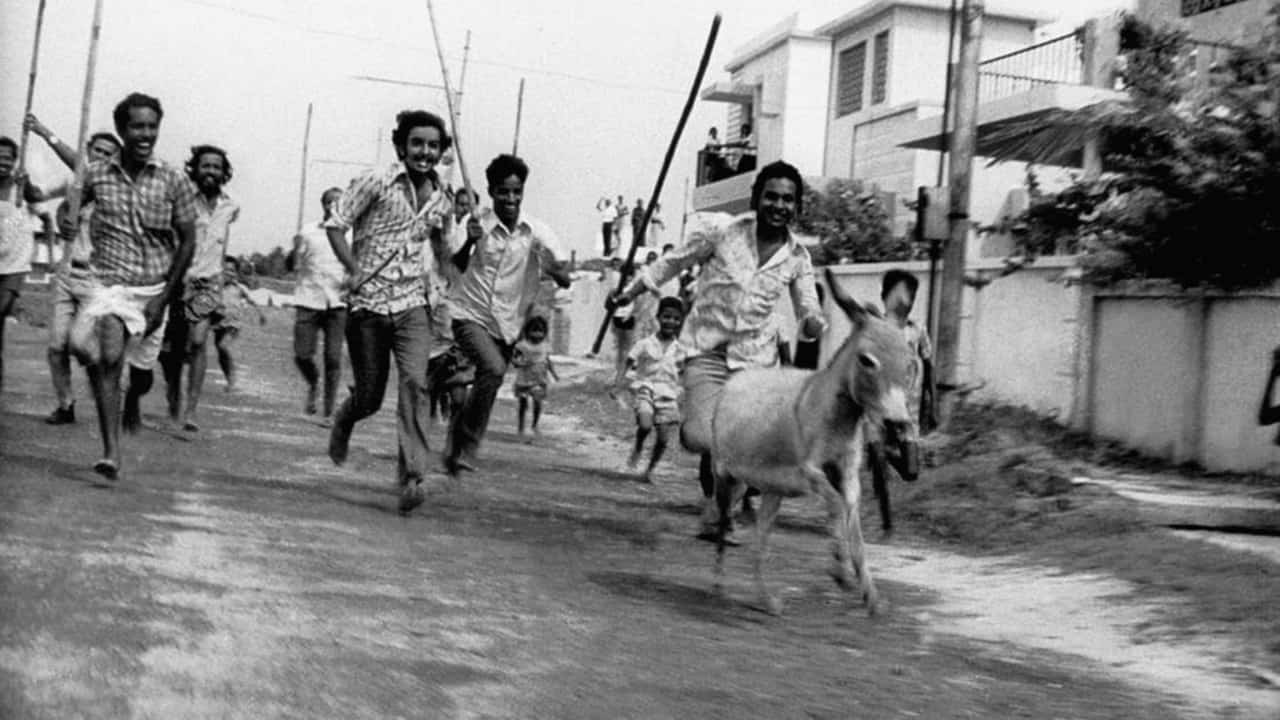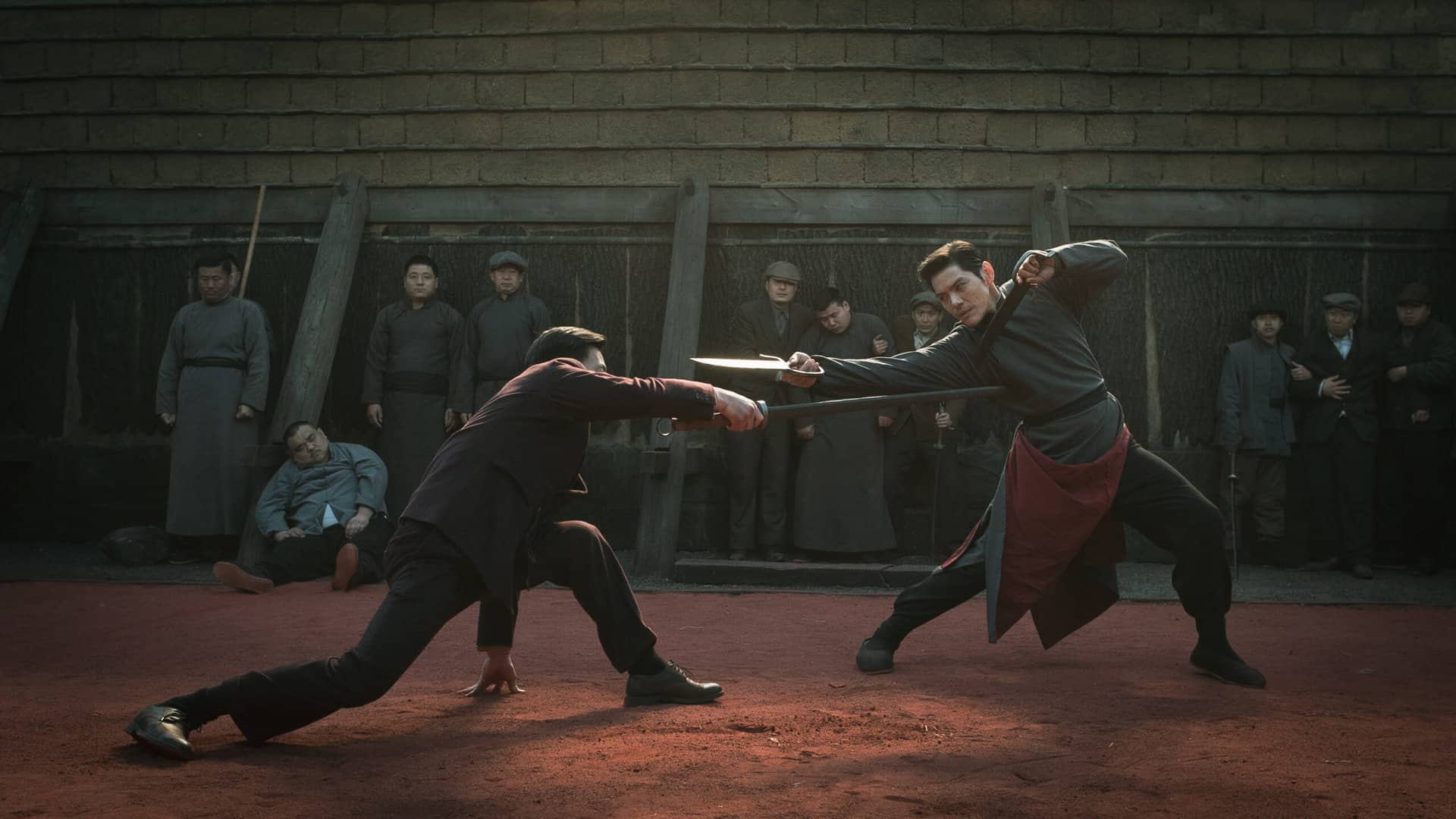“Don't Go Breaking My Heart,” helmed by Hong Kong filmmaker Johnnie To, is both a love story and a love letter to China's rise. By interweaving China's economic advancement in a romantic narrative, it becomes an interesting example of a film fashioned for transnational, border-crossing storytelling.
The movie revolves around Cheng Zixin, a financial analyst and the two men keen in pursuing her. One of them is Cheung Shen-ran, the head of an investment bank and the other one is Fang Qihong, whose shoddy appearance and tendency to consume copious amounts of alcohol makes him look like a good-for-nothing deadbeat. Qihong turns out to be an architect, however, who becomes disillusioned and is actually in the middle of an existential crisis when he accidentally meets Zixin by saving her from getting hit by a car. Shen-ran, on the other hand, is the embodiment of the stereotypical Lothario – rich, charming, couldn't keep it in his pants, even if he claims to only love Zixin.
It sounds like a typical love triangle, but what makes it appealing is To's worldbuilding. By using the glass windows of Hong Kong's high-rise buildings as the medium or vehicle for flirtation, wooing and connection between the characters, it puts the audience right smack into the world of corporate men and women, creatures of modernity who mix their jobs with their love life and sexual conquests. This style of setting was most popularly used by Alfred Hitchock in his movie “Rear View.” By employing a similar technique, To deftly guides the audience to realizing the perspective of the characters as they get to know each other through their glass windows, through magic tricks performed across each other's buildings as well as sticking post-its shaped into hearts on the windows and waving handwritten messages to communicate.
The use of buildings, again, becomes a turning point for the film when Zixin has to finally make her decision as to whom she should choose between the two. But the use of the structure here becomes symbolic too, as the stylish skyscraper is being constructed in Zixin's hometown, in Suzhou, during the post-2008 financial crisis era. When the lives of the three protagonists first intersect, Hong Kong is on the cusp of suffering from the ripple effects of the Lehman Brothers' financial fiasco in 2008. When they meet again, America is still in the doldrums, Hong Kong is regaining is footing and China is in its continuous ascent.
Gao Yuanyuan, Louis Koo and Daniel Wu exude, to a certain extent, the temperament of people in the corporate world, though there aren't as many scenes that give them the chance to show the pressure and the frenetic pace that comes with it. Koo plays the glib playboy characterization to a T, while Wu's best scenes are the ones which show his innocence and sincerity. Gao is playful when needed to be, relatably heartbroken when the scenes call for it. What she does have, undeniably, is chemistry with both leading men.
Details are not to be overlooked in this movie, from the headwear, to the languages. The appearance and inclusion of people in the corporate world who wear turbans to the fact that Caucasian women speak the local language, instead of English, reflect the cosmpolitan character of Hong Kong and the vibrancy of globalization. Zixin's capacity to also move from China to Hong Kong with ease, as part of her job, also purveys transnationalism. Meanwhile, Xavier Jamaux's musical score gives the film one of its memorable moments, one that is made more effective by the clever use of diegetics.
“Don't Go Breaking My Heart” is a romantic film that also shows the evolving dynamics between Hong Kong and China as they redefine their place in the global economic landscape at a critical time. It's a love story about modern men, women and a peek at the rise of modern China.

















